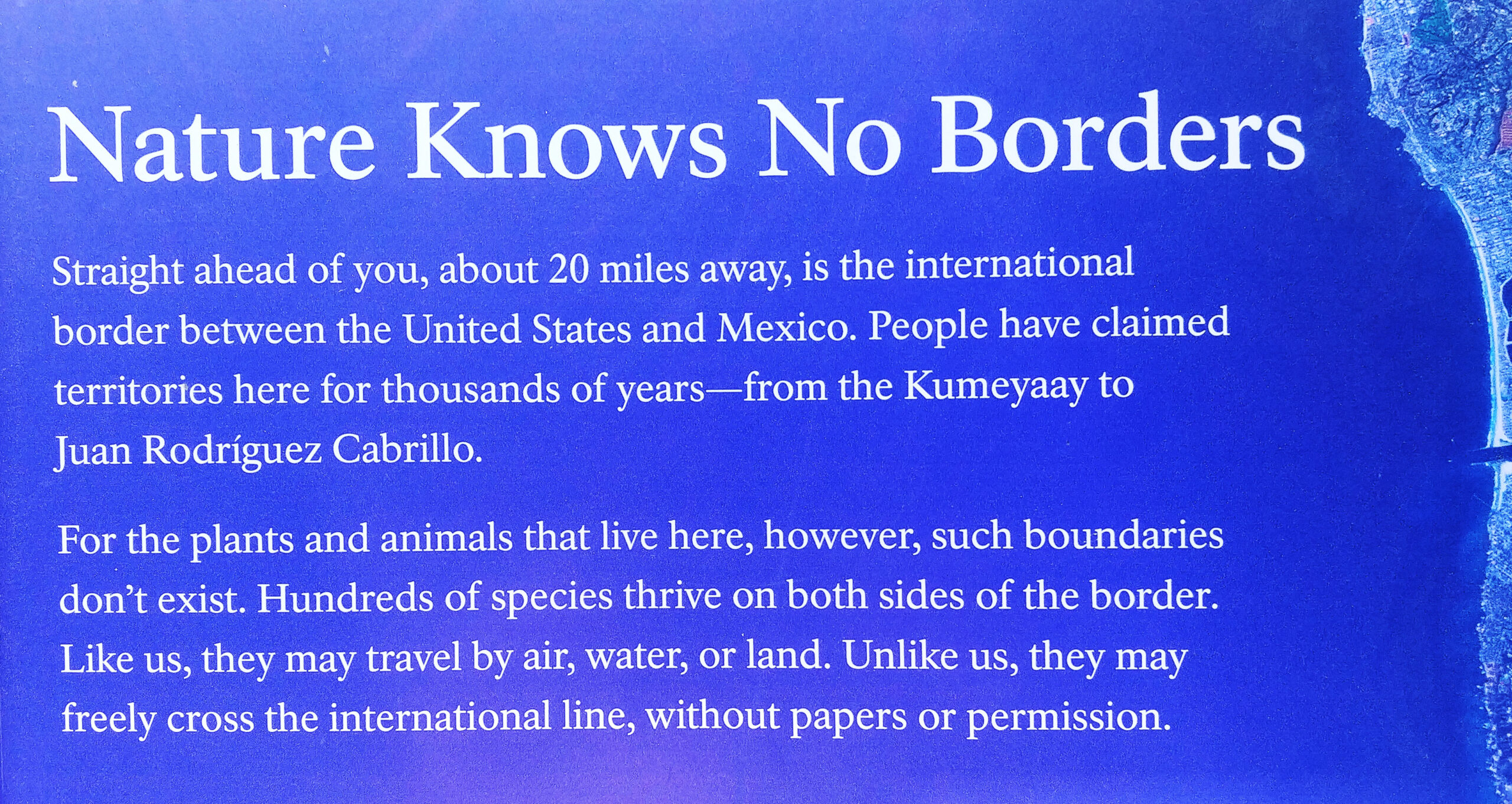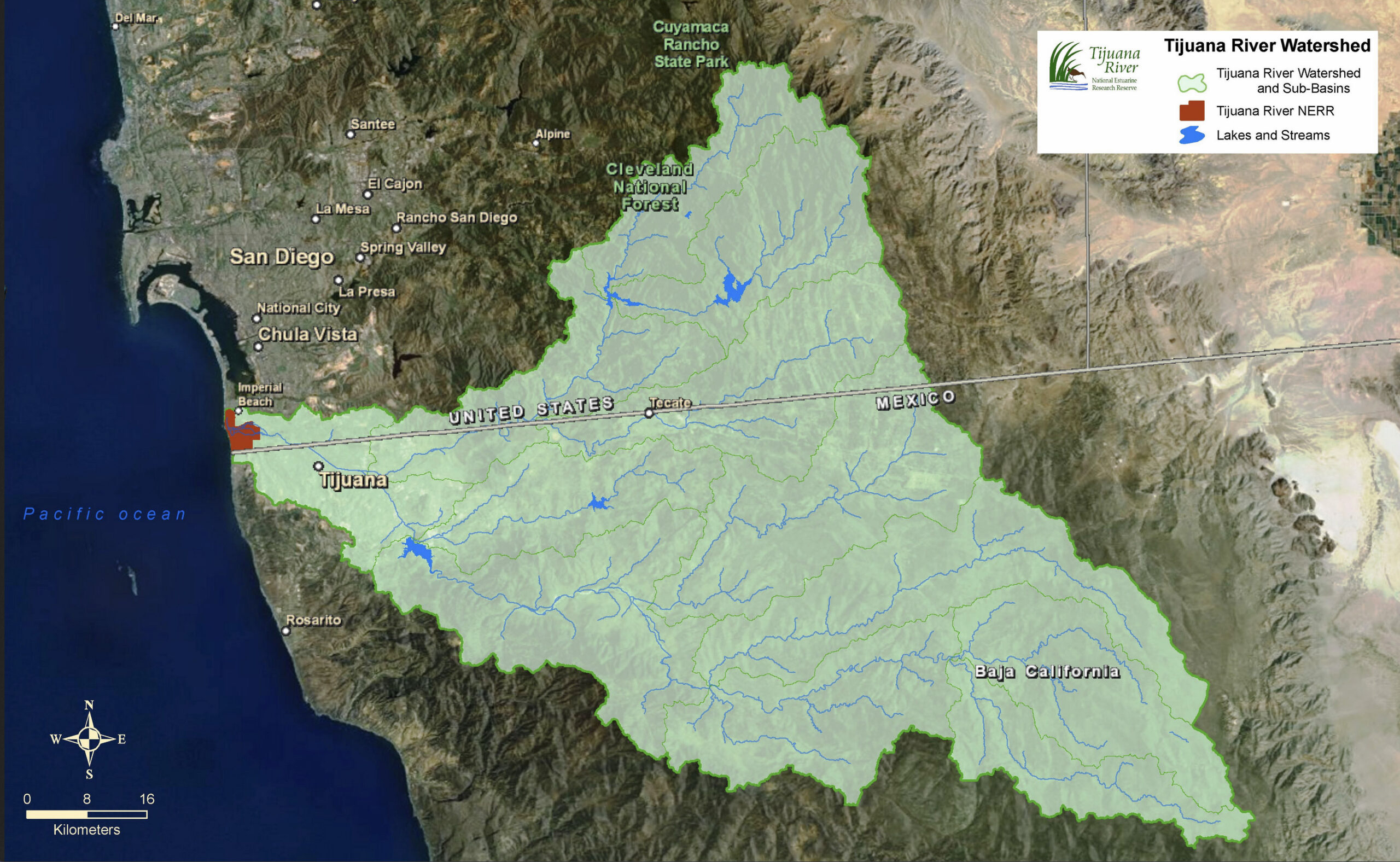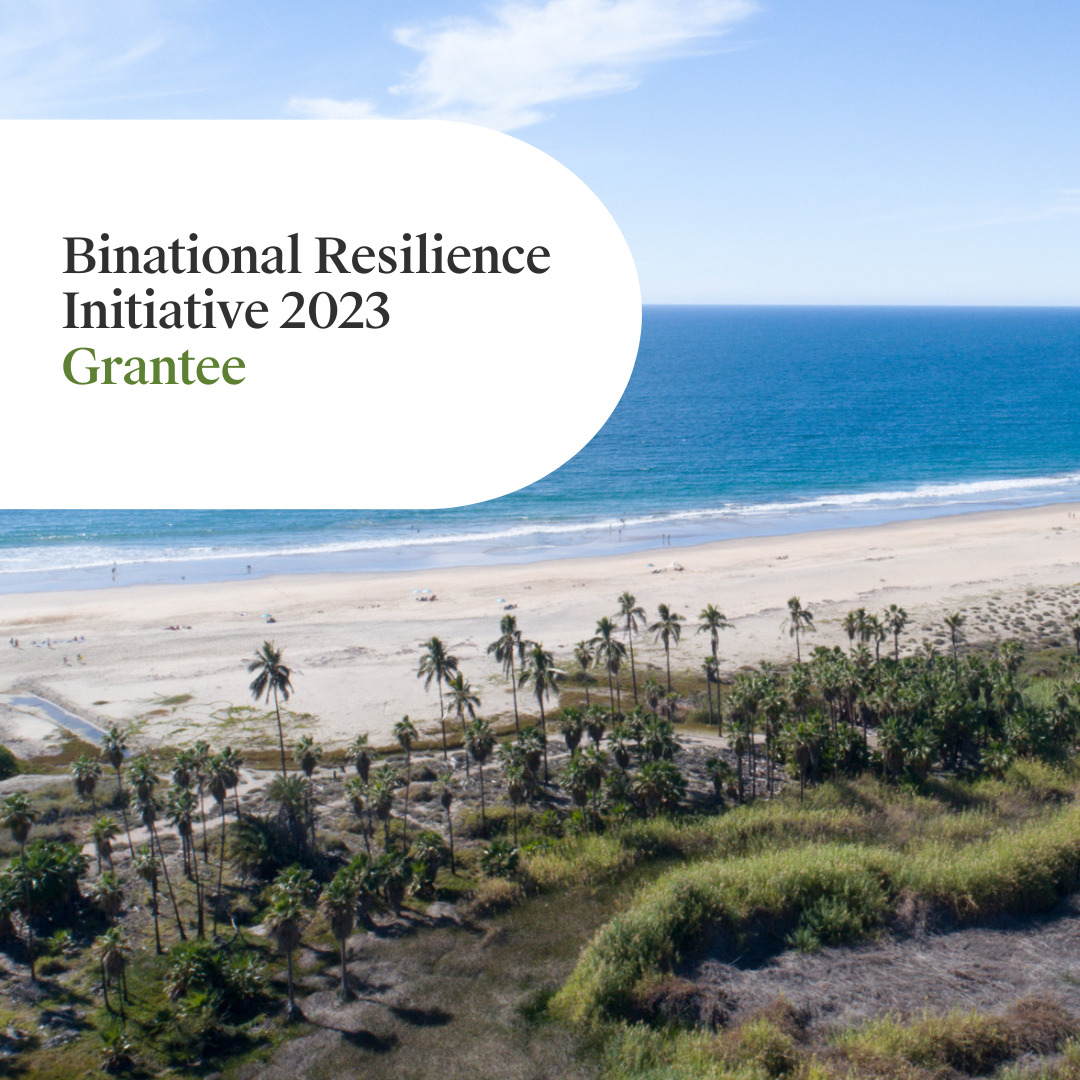
Project: Mexico
If not obscured by haze or smoke, Tijuana is clearly visible across the ocean from Cabrillo National Monument in Point Loma, San Diego. The Mexican border town is but 20 miles away from the Monument, and an intrepid National Park Service ranger (or, perhaps, several rangers or even the entire Park Service), sensing the irony of it all, has staked signage on one of the park’s hiking trails reminding us how artificial that border, or any border for that matter, really is.

Border towns are kind of topsy turvy precisely because they are so unnatural and must constantly contend with the fact that borders, by nature, are meant to be breached. They stand out as such myopic examples of social, political, economic, and ecological organization.
There was, in the 1970’s, some niche but hopeful talk of bioregions, of ecoregions, and watersheds, of continuous geographical terrain, climate, soils, seasons, plants, animals, and cultures that better defined the boundaries of places and the consciousness of all who inhabited those places. But that talk was sidelined with the heady promises of globalization and ‘the world is flat anyway’ brute ideologues, which captured the imaginations of those who wield power in our world.
So, it’s no wonder that our experience trying to get a foothold in Tijuana these past few years has been topsy turvy as well: too many shifting partners, too many agendas, too much distrust and bad histories, to little foresight, and too little money. We were on the border, where hodgepodge vicissitude reigns.
It doesn’t take much for the Tijuana River Valley (TRV) to flood. Rain falls on both sides of the border and collects in creeks that feed into the Tijuana River that flows through a complex drainage system spanning both countries. The water carries sediment, debris, and sewage with it, which impact the communities and habitats along the way before finally emptying through the TRV into the Pacific Ocean, polluting and closing San Diego’s southern beaches. That’s how watersheds work: the humans and natural communities that share them are inexorably linked.

So, when we learned there was funding for a holistic binational resilience initiative to address cross-border climate and environmental vulnerabilities, we saw this as an opportunity to solidify the partnerships we have been nurturing these past three years and give structure to the fledgling work already in progress. We joined forces with Centro de Comunidad, A. C. (Centro) as our Mexican partner and the Tijuana River National Estuarine Research Reserve (TRNERR) and Advancing Students Forward (AFS) as US partners. We named our project, ReCREA: Repurposing Waste for Coastal Resilience, wrote the grant and received full funding.

Acknowledgement for their support to San Diego Foundation, International Community Foundation, Resilient Cities Catalyst and San Diego Regional Climate Collaborative. The full press release is here: https://bit.ly/3QfYZ7J .